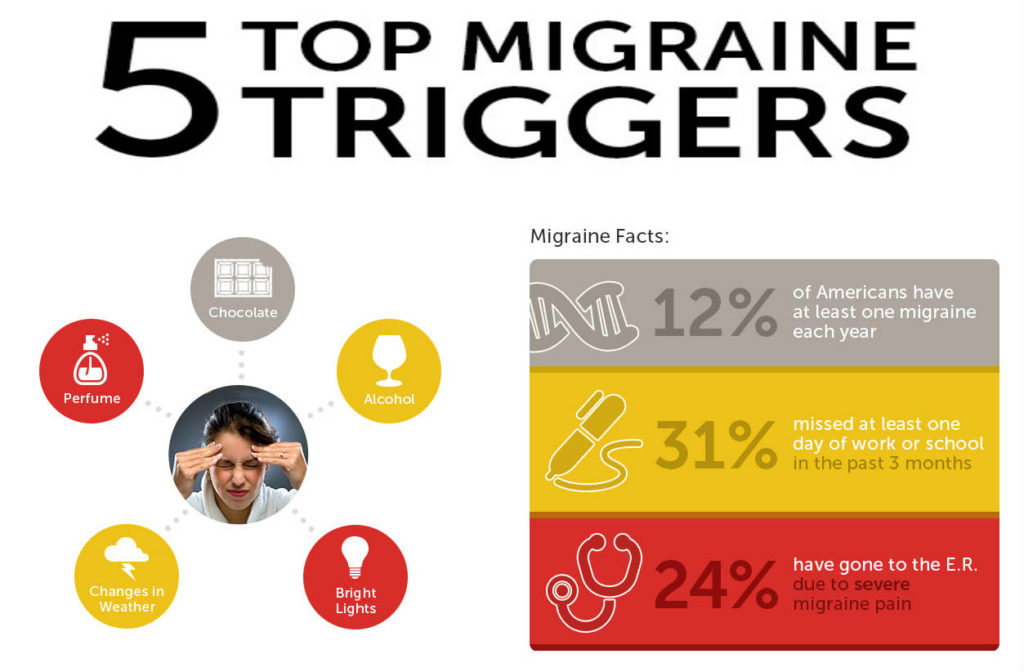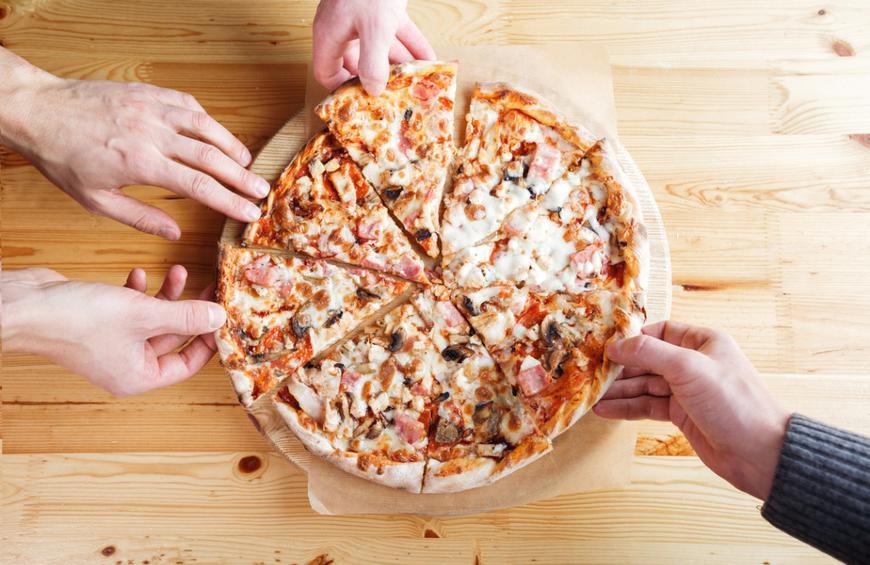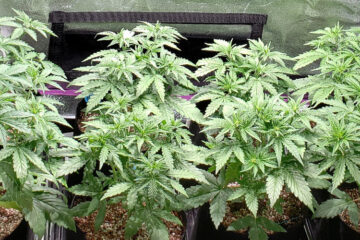Food should be nourishing and enjoyable, not anxiety-inducing. But we’ve been there: overwhelmed by information and lists of foods and drinks we dare not eat. Or Else!
This guide is designed to take some of the stress out of figuring out Migraine triggers and making healthy food choices. You deserve to enjoy your life and!
In this guide, you will find evidence-based info to empower you to:
- Prevent Migraine attacks with evidence-based nutrition and hydration
- Identify and avoid your individual Migraine food triggers, instead of all of them
- Identify Migraine ‘safe’ foods you can enjoy without stress
First, a few caveats. Identifying your best headache diet and own Migraine food triggers is not an exact science, but more of a trial and error process. Every person with Migraine is unique, and clinical research on Migraine nutrition is fairly limited.
Migraine Food Triggers

The Research
The list of Migraine food triggers commonly reported by patients is long, but the list of solid, clinical evidence is short.
One research theory proposes some people might develop Migraine attacks due to the way the body processes certain chemicals such as tyramine, nitrate, caffeine, and sodium. Certain individuals may be susceptible to specific Migraine food triggers, while others may be less susceptible.
Common Migraine Food Triggers
Few migraine food triggers are proven by scientifically accepted studies. Much of what has been reported about triggers is based upon self-reported perceptions. Some commonly reported food triggers include:
- Food additives like aspartamine (diet drinks), MSG (i.e. soy sauce), nitrates (i.e. processed meats), sulfites (i.e. red wine), and yeast extract (i.e. canned soup)
- Alcohol, like red wine, beer, and hard drinks including Scotch and Whiskey
- Caffeine-containing products
- Certain dairy products like aged cheeses, yogurts, sour cream and buttermilk
- Aged, smoked, fermented, pickled, or salted meats and fish, like hot dogs, bacon, and herring
- Certain fresh fruits like citrus, banana, avocado, and dried fruits like raisins
- Beans, nuts, and soy like fava or lima beans, nut butters, and tofu
- Certain vegetables like onions and tomatoes
What We Know About Tyramine and Migraine
Tyramine, typically found in aged or fermented food, is a widely reported Migraine food trigger. It’s a naturally occurring chemical that tends to increase as food ripens or ages.
Foods with high levels of tyramine include:
- Cheddar cheese, blue cheese and other aged cheeses
- Pepperoni, salami and other cured meats
- Smoked fish
- Sauerkraut, kimchi, pickles and other fermented or pickled foods
- Beers on tap or home brews
- Dried fruit
- Fava beans, broad beans, snow peas
Some researchers suspect that some people develop Chronic Migraine when they’re unable to properly process tyramine. A low tyramine diet is among the most common Migraine elimination diets and headache diets.
What We Know About Chocolate and Migraine

Chocolate is NOT a proven Migraine food trigger! Although chocolate is a commonly reported trigger, studies have not been able to show that chocolate consistently triggers attacks. In fact, it actually may be healthy to eat in moderation. If you are getting a craving for chocolate, it may be a sign that a Migraine attack is already on its way.
However, if chocolate is a trigger for you, be sure to avoid it.
Caffeine and Migraine: Frenemies?
Is caffeine a Migraine food trigger or a Migraine treatment? Both. Some people use caffeine as a successful Migraine treatment to ward off an attack, but caffeine withdrawal is also a common trigger.
Consistency is the name of the game with Migraine prevention. If you consume caffeine, it’s best to drink the same amount at the same time every day. A recent study suggested limiting that intake to 2 servings of a caffeinated beverage per day. Anything over seems to be tipping point for triggering a Migraine attack. I use Caffeine fopr Migraine Treatment every attack. It is best to limit your Caffeine intake so the next Migraine attack. It is Effective.
If you want to use caffeine every once in a while, keep your intake to less than 3 servings a week. Anything more than that can lead to a withdrawal headache.
Although most people associate caffeine with coffee, there are many foods and beverages that contain caffeine like:
- Tea
- Soda
- Chocolate and cocoa
- Sports and energy drinks, including those that include taurine.
- Gum and candies
- Prescription and non-prescription medications like pain relievers, cold medicines, and diuretics
If you are trying to cut back on caffeine, don’t quit cold turkey. Gradually reduce your caffeine intake until you no longer feel the negative effects.
How Sugar Affects Migraine

Ever feel like those sugary, yet delicious, desserts are causing you Migraine pain? Unfortunately, for some people, excessive Sugar intake or low blood sugar (hypoglycemia) can trigger their Migraine.
If you are prone to sugar crashes or have them regularly, there may be something you can do about it. Be sure to eat good high protein and fiber meals throughout the day and eat often. Foods high in carbohydrates and sugars tend to lead to a blood sugar crash that can trigger an attack.
It’s known as reactive hypoglycemia, and it’s one of the least-known migraine triggers.
All About Migraine and Salt

Sodium Intake and Migraine is a tricky topic for a few reasons. While too much sodium isn’t good for anyone, high or low sodium levels within the body can be a trigger for some Migraine attacks.
High salt meals can trigger Migraine attacks in some people. But some Migraine warriors find that their attacks are triggered by dehydration and having too little salt. One study found that when people consumed more sodium, reports of Migraine actually decreased.
What We Know About Gluten and Migraine

Gluten is a protein found in wheat products, rye, barley, and triticale (wheat and rye combination). It is found in many foods like bread, pasta, beer, food colorings, and cereals. For many people with Migraine, gluten is not a problem. Research suggests, though, that those with celiac disease (CD) or other inflammatory bowel conditions may be at a higher risk for developing Migraine and may experience gluten-related Migraine. One recent study found an increase in reports of Migraine in people with CD or IBD.
One study found some evidence for gluten as a Migraine food trigger. It reported that Migraine frequency was reduced after using an IgG elimination diet.
To understanding how gluten affects you and your Migraine, you may need to undergo IgG antibody testing. Talk to your doctor.
Dietary Triggers
Skipped Meals
According to the Migraine Trust, a drop in blood sugar after skipping meals, fasting or dieting, or eating food with high sugar content may trigger a Migraine attack.
You can avoid a blood sugar crash and the impending pain by eating nourishing meals throughout the day. Avoid skipping meals.
The best advice for people with Migraine is to eat small, frequent meals, rather than large meals with a longer period of time in between. The key to avoiding Migraine Attacks is consistency, and this is true with food and diet, too.
Dehydration
Getting dehydrated is a surefire way to invite a Migraine attack. Not drinking enough water, sweating, vomiting, and diarrhea are all causes of dehydration.
Learn toe recognize when your Body is thirsty
It’s a little more complicated than just feeling thirsty. One study reported that headaches and moodiness were reported in women when they lost 1.4% of their body weight in fluid.
In most cases, drinking water will ease the symptoms of dehydration. Drink lots of Water. I swear by it!
Food Cravings – A Warning Sign

Whether you are dreaming of a salty hamburger or a sweet chocolate bar, we all experience food cravings at some point! But for people with Migraine, food cravings can be a warning sign that an attack is on its way.
Food cravings can show up one to two days before the pain of a Migraine attack hits, says The Mayo Clinic.
Some people misinterpret their cravings as Migraine food triggers.
For example, many people identify chocolate as a trigger, but really it may be that early in the attack they are craving chocolate, they eat it, and then they feel that headache and painful part of the attack after eating it.
So they identify chocolate as the trigger when it’s actually the chocolate craving that’s the indication that they’ve already started the headache
A headache diary or app can highlight the connection between certain food cravings and the start of a Migraine attack.
How to Identify Migraine Food Triggers
Not everyone has the same Migraine food triggers. Triggers can also be additive, meaning: a specific food may push you over the threshold into an attack only when you’re exposed to other triggers at the same time, like poor sleep or extra stress. Your personal food consumed also is a trigger. Use a Headache Diary, for 60-90 days. I do this and it works!
How to Keep a Food Diary
When keeping a food diary, it is important to write down everything you ate and when along with any symptoms experienced. It is also important to jot down compounding factors like the details of your menstrual flow (if applicable), major weather events, outside stressors, and sleep patterns.
Mobile apps take the guesswork out since they often factor in weather in your area and perceived sleep patterns, saving you the effort of adding that data yourself. Because triggers are additive, you might be able to enjoy a triggering food one day, and find it problematic if consumed on a high-stress day when a storm is brewing outside.
Once you have a clearer picture of your own Migraine food triggers, you can choose to avoid them. There’s no need to avoid the whole laundry list of potential foods.
Migraine Again founder Paula K. Dumas gave up aged cheese for nearly 15 years before discovering it wasn’t necessary at all. For her, it wasn’t one of her personal migraine food triggers.
Is Food Sensitivity Testing Worth It?
If your Migraine triggers are attributable to food, or if the possibility exists, you may want to consider speaking with your doctor about food sensitivity or allergy testing.
Food sensitivity is not the same as food allergies. Testing for food sensitives is done through an IgG antibody test, which is different from a test to detect allergies. The science behind food sensitivity and IgG testing is promising but it’s still new, says Amy Sutton from Harvard University



0 Comments